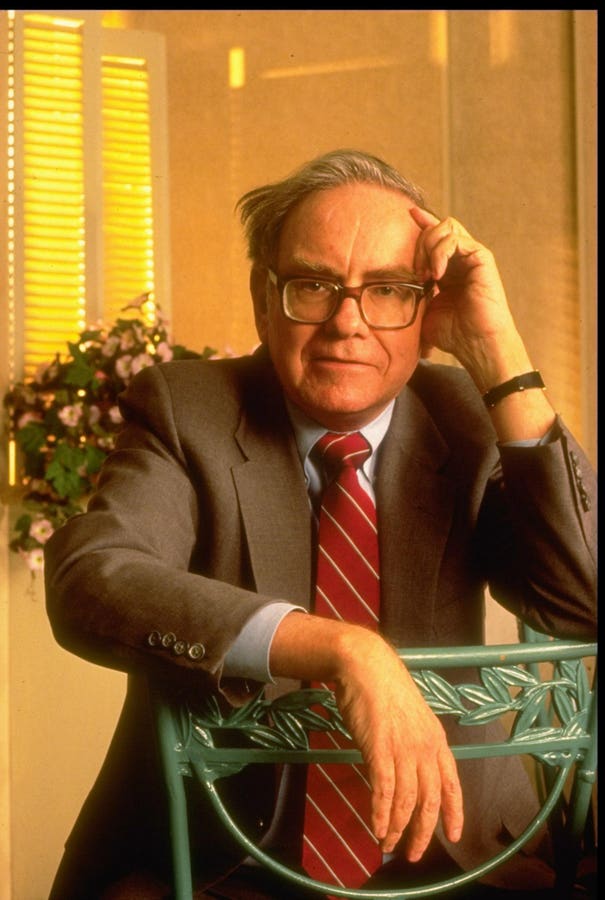Warren Buffett’s investment approach is famously simple. The Oracle of Omaha once suggested that investors who could only make 20 investments in their lifetime would “end up with better results” because “it would force them to focus on the best opportunities.” This philosophy extends to his belief that any investor should be able to explain their investment thesis on a single sheet of paper.
While Buffett has never published a literal template, decades of shareholder letters and public statements reveal the framework he uses. When evaluating companies, Buffett focuses on four key categories: business fundamentals, management quality, financial measures, and valuation. Here’s what would appear on Warren Buffett’s investment sheet:
The Business: Can I Understand It?
Buffett’s first rule is simple: “Never invest in a business you cannot understand.” The top of his sheet would contain a clear, one-sentence description of what the company does and how it makes money. Buffett restricts his investments to businesses he can easily analyze, avoiding companies with ambiguous operational philosophies.
Key questions: Does this business have predictable earnings? Can I explain its competitive advantage in simple terms? Will this company’s “competitive moat withstand the storms of time?”
The Economics: Is It Profitable?
Buffett prizes companies with high profit margins and focuses on Economic Value Added (EVA) calculations—essentially, profits after accounting for the cost of capital. His sheet would include key metrics like return on equity, debt levels, and cash generation.
He seeks “exceptional businesses with strong competitive advantages at fair prices” rather than simply cheap companies. The numbers must demonstrate consistent profitability and efficient capital deployment.
Management: Do They Act Like Owners?
Buffett evaluates whether management has historically reinvested profits back into the company or redistributed funds to shareholders through dividends. He favors the latter, as it suggests management is focused on maximizing shareholder value.
Transparency is crucial—”every company makes mistakes, but only those that disclose their errors are worthy of a shareholder’s trust.” His sheet would note whether management admits mistakes and communicates honestly with investors.
The Price: Margin of Safety
“The three most important words in investing are margin of safety,” Buffett has said. As he explained at a 1996 shareholder meeting, “don’t try and drive a 9,800-pound truck over a bridge that says ‘Capacity: 10,000 pounds.’ But go down the road a little bit and find one that says ‘Capacity: 15,000 pounds.'”
His sheet would compare the current stock price to his estimate of intrinsic value, ensuring he pays significantly less than what the business is worth.
The Time Horizon: Forever
“If you aren’t willing to own a stock for 10 years, don’t even think about owning it for 10 minutes,” Buffett wrote in his 1996 shareholder letter. On another occasion, he quipped that “our favorite holding period is forever.”
His sheet would include a section asking: Would I be comfortable owning this entire business? Can this company grow earnings over the next decade?
The Buffett Test: Sleep Well at Night
When forced to choose, Buffett has said he “will not trade even a night’s sleep for the chance of extra profits.” The final test on his sheet: Does this investment allow for peaceful sleep, knowing the business fundamentals are sound regardless of short-term market fluctuations?
This framework explains why Buffett’s success “stems not from complex formulas or fancy models, but from adherence to fundamental principles.” His one-sheet approach forces investors to focus on what truly matters: understanding the business, evaluating management, ensuring financial strength, demanding a margin of safety, and thinking like a long-term owner.
As Buffett noted, “Success in investing doesn’t correlate with IQ once you’re above the level of 100.” The key isn’t intelligence—it’s discipline. By limiting investment decisions to what fits on one sheet of paper, Buffett ensures he only invests in businesses he truly understands and believes in for the long term.
The beauty of Buffett’s method isn’t its complexity—it’s its simplicity. Anyone can apply this framework. The challenge isn’t understanding the approach; it’s having the patience and discipline to use it consistently, especially when the market is offering seemingly attractive alternatives that don’t pass the one-sheet test.
Read the full article here


